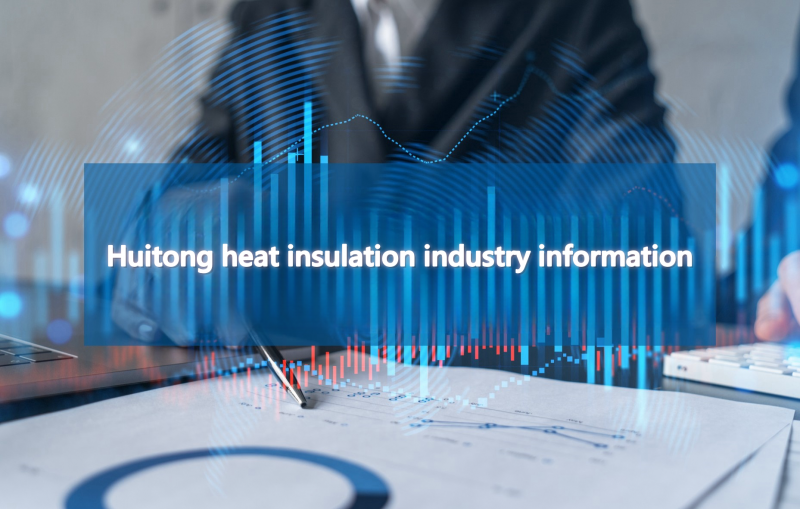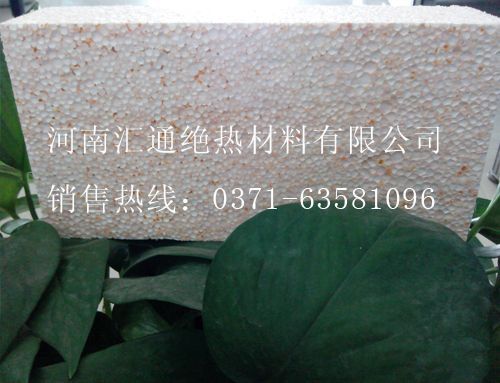Advantages of Choosing Foam Glass for Wall Insulation Materials
Wall insulation materials have become very popular in the construction industry today. As the variety of cryogenic materials increases, the requirements for these materials have also risen. The popularity of foam glass insulation boards composed of foam glass in wall insulation materials is due to meeting the following three conditions.In building insulation materials, the so-called non-combustible materials refer to non-combustible materials, among which inorganic active wall heat-insulating materials are new types of non-combustible materials. These materials are used as substitutes for red bricks in construction insulation, reducing wall thickness and saving energy, indirectly expanding usable area and reducing the self-weight of structures. They serve as both insulation materials and cryogenic materials. However, currently, the major construction external insulation materials on the market in China are mainly organic materials, which can only reach B1 grade even with the addition of flame retardants. Strict enforcement of fire regulations would mean a complete reshuffle or even elimination of the insulation material industry in China. Therefore, for some time, there has been a strong voice within the industry calling for the revision of external wall insulation product standards.According to the meeting on developing green, safe, and environmentally friendly building insulation materials and industry access requirements, it was proposed that new types of building exterior insulation materials should be safe and environmentally friendly, meeting the following three conditions:First, the material production process should be safe and environmentally friendly, causing no direct harm to safety, health, or the environment, nor leaving hidden dangers for accidents;Second, the intrinsic safety of the material should be high; during storage, transportation, operation, use, and disposal, it should not easily cause safety hazards or secondary disasters;Third, the material's entire lifecycle consumption, energy usage, waste emissions and treatment, impact on the ecological environment and climate change, as well as overall cost should show further improvement compared to traditional materials.









